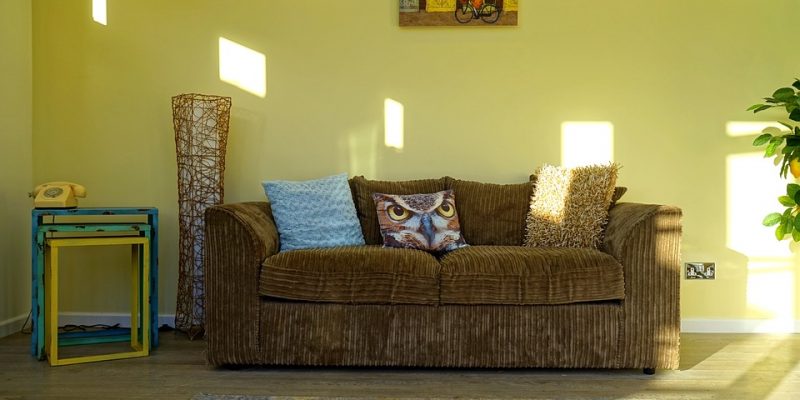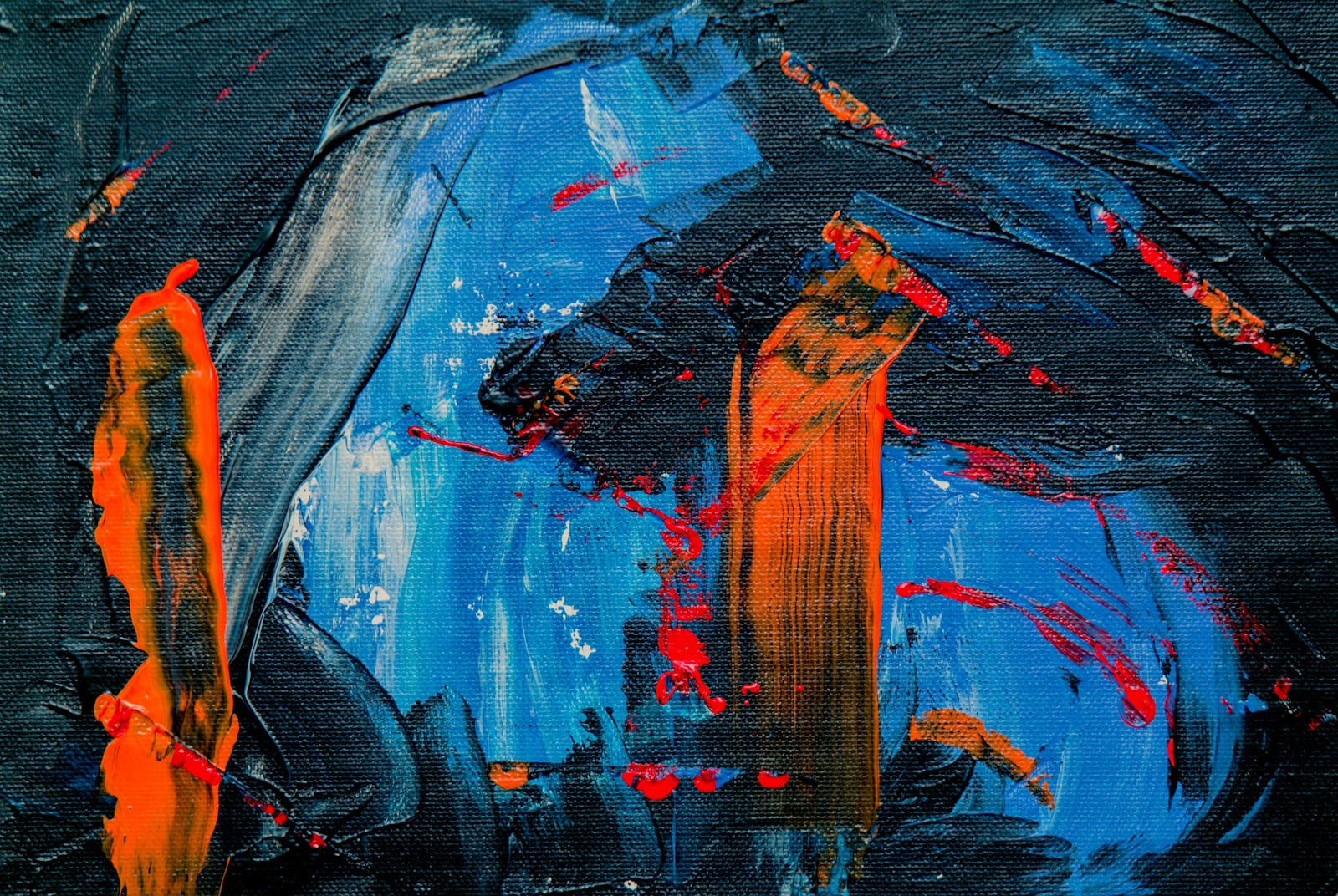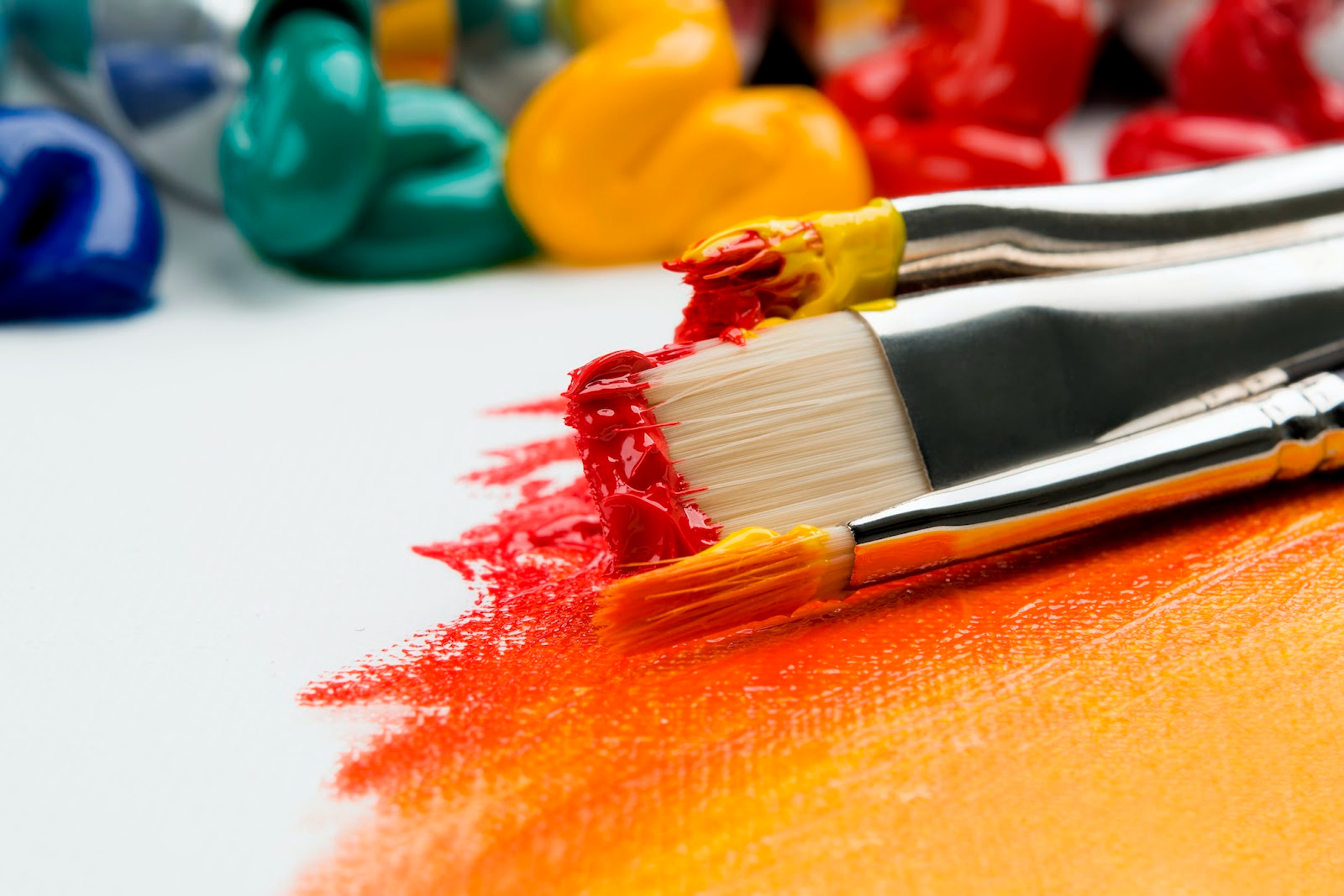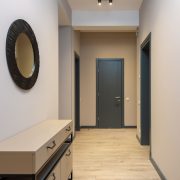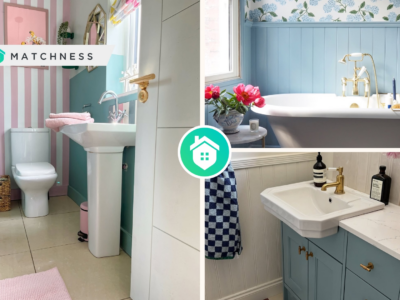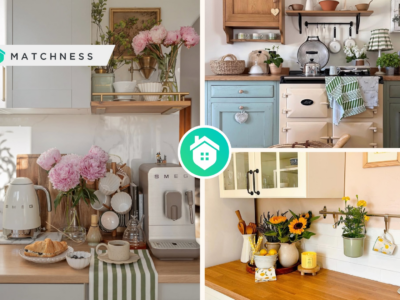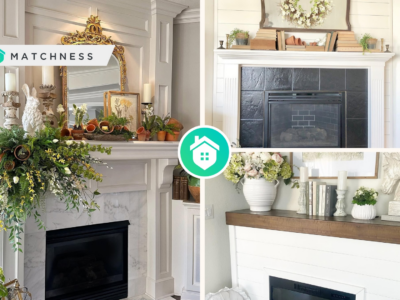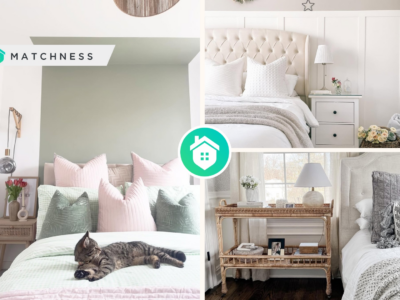Do you want to decorate your home yourself, but feel like you need a little guidance getting started? Are you unsure of the artistic skills that will help you create the perfect aesthetically pleasing design? You’re in luck – this blog post is here to provide insight into what it takes to make sure your dream home becomes reality.
In this brief guide, we’ll go over six essential artistic skills that you should consider mastering if your dreams of self-decorating are on the horizon. No matter where you are starting from, whether a beginner or more intermediate-level decorator, our advice can be adapted to suit any skill set — so let’s get started!
Oil Painting
If you are dreaming of adding your masterpieces to the walls at home, oil painting might just be the perfect artistic skill to add to your repertoire. With a little bit of dedication and lots of creativity, you can create beautiful pieces using oil paints. You will have a unique piece that no one else has in their home. Also, oil painting is not as intimidating as it looks – with practice and guidance, mastering this technique is certainly achievable! Whether you’re hoping for a realistic landscape or abstract design, find some canvases, gather some supplies, and let your imagination run wild!
Creative Ways to Play with Patterns and Texture in Your Home
While painting the walls is a classic way to customize your home décor, experimenting with patterns and texture can give you beautiful results that will bring personality and visual interest to any room. Whether it’s mixing different fabrics on sofas and chairs in the living room, combining eye-catching wallpaper with complementary colors or shapes, or ensuring that all of the artwork coordinates, there are a variety of creative ways to make your home stand out.
How to Add Depth and Dimension with Light and Shadow
Creating a comfortable and inviting atmosphere within your home is often about getting the balance of light and shadow just right. With a little practice, you can begin to learn how and why creating contrast using light and shadow can add depth and dimension to the interiors of your space. The use of elements like furniture placement, wall art such as paintings, or even strategically positioned outdoor lighting are easy ways to create visual texture and interest—without having to invest in expensive lifts or transforms.
Tips on Incorporating Antique Items Into Your Design
An exciting way to add some history to your home design is to incorporate antique furnishings and decor. While adding an extra element of intrigue, antiques can benefit your home décor in other ways as well, such as helping to bridge the modern and contemporary styles in a room. Before getting started with any antique items, it’s important to identify how pieces will fit into the overall plan for your room or home. Perhaps you want to integrate antiques exclusively within one area or use them throughout the entire space.
Why Maintaining Visual Interest Can Make or Break Your Interior Design
Whether you want to change up a single room or an entire home, maintaining visual interest is essential to good interior design. Focal points that blend shape, color, and texture can provide the framework for an interesting experience when it comes to your space. The tricky part about visual interest is ensuring your design has balance with all of the elements working together. When you understand where to place objects and which artistic skills could support your vision, you’ll be able to create spaces that look cleanly composed while providing a unique, personal expression.
Strategies for Combining Different Elements Without Overwhelming the Room
If you’re looking to add an artful touch to your home décor, there are several skills that you can master to make sure your space looks its best. One of the most important is the ability to combine different elements without overwhelming the room. One strategy for doing this is to choose a color palette and stick with it throughout the design. For example, if you want to mix different textures, choose light and dark shades of one or two colors so everything ties together visually.
Interior design is all about understanding how to make a room or a home look its best. With the right supplies and creativity, anyone can create beautiful spaces that are both functional and visually appealing.


